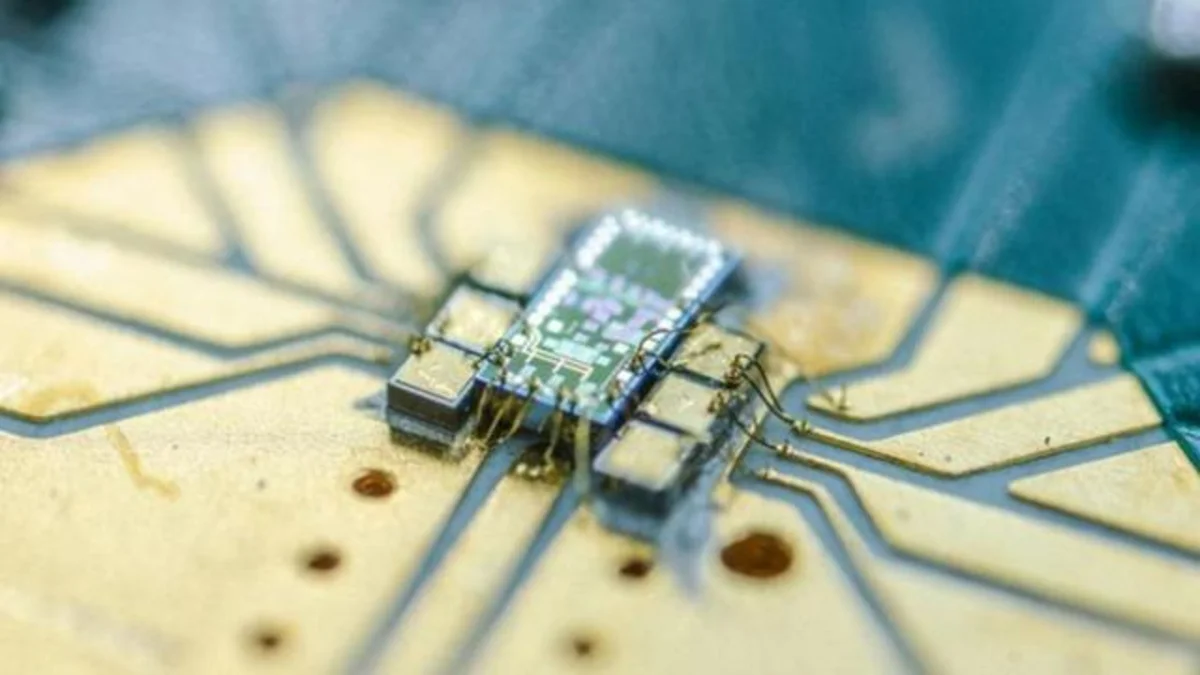UK builds world’s smallest light detector to shrink quantum computers

17th May 2024
Researchers at the University of Bristol have created the world’s smallest quantum light detector on a silicon chip, significantly advancing the miniaturization of quantum technology. This detector, which is thinner than a human hair, operates ten times faster than previous models and is integrated onto a single chip, reducing its footprint by 50 times. The innovation could pave the way for more scalable and practical quantum computers, which currently require large spaces and extremely low temperatures to function. The development mirrors the transformation in electronics during the 1960s when bulky transistors were replaced by compact microchips.
Led by Professor Jonathan Matthews, the team has succeeded in maintaining the detector’s sensitivity despite its reduced size, crucial for measuring quantum states accurately. The new homodyne detector operates at room temperature and is used in highly sensitive applications like gravitational wave detection. Importantly, the chip was developed using an existing commercial foundry, facilitating larger-scale production. While this breakthrough holds promise for various quantum technologies, Matthews emphasized the ongoing challenge of achieving scalable fabrication to fully realize the benefits of quantum advancements. The research was published in Science Advances.
The advances in the development of a smaller and faster quantum light detector are significant for blockchain security because they bring us closer to practical, scalable quantum computers. Quantum computers have the potential to break current cryptographic algorithms used in blockchain technology, such as RSA and ECC, posing a severe threat to data integrity and security.
The Quantum Resistant Ledger (QRL) addresses this threat by employing post-quantum cryptographic algorithms that are designed to be secure against attacks from quantum computers. QRL uses techniques like XMSS (eXtended Merkle Signature Scheme), which provides forward-secure digital signatures resilient to quantum attacks, ensuring the long-term security of blockchain systems even in the presence of advanced quantum computing capabilities.
17th May 2024
